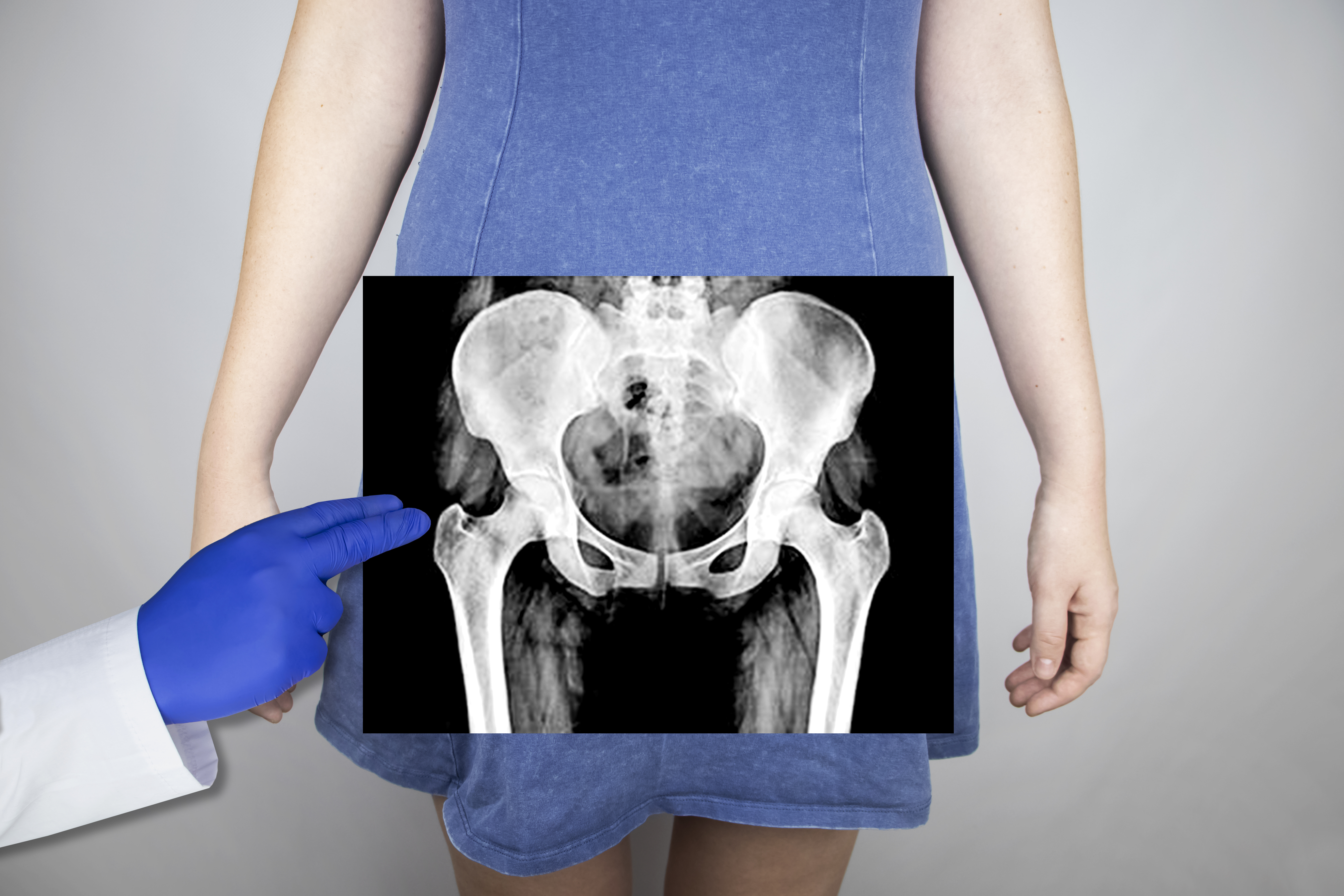pelvic floor dyssynergia causes
Dyssynergic defecation is a condition that affects the pelvic floor muscles. This condition can affect men and women.

Biofeedback And Pelvic Floor Disorders Conservative Treatment Pelvic Floor Disorders Surgical Approach
Passing stool through your rectum.

. Also if there is a. A paradoxical contraction is when the pelvic floor muscles. An example of anorectal dysfunction that can contribute to constipation is a condition called Pelvic Floor Dyssynergia also referred to as anismus.
Other names for this condition include anismus pelvic floor dysfunction paradoxical puborectalis dysfunction anorectal muscle. The uterus and vagina in women. Knowing when you are ready to have a bowel movement.
This usually starts in the teen years but certainly may occur in younger girls. What Causes Pelvic Floor Dyssynergia. The current diagnostic criteria Rome III includes inadequate defecatory propulsion as another cause of a defecation disorder besides dyssynergic defecaton.
Inadequate rectal andor abdominal propulsive force Impaired anal relaxation or. The physiological mechanisms of DD include inability to coordinate abdominal rectoanal and pelvic floor muscles during defecation because of causes such as. The bladder the pouch holding your urine.
Completing a bowel movement. The pelvic floor muscles. Less than three bowel movements per week.
Often times a paradoxical contraction may occur when attempting to relax the pelvic floor muscles further inhibiting bowel function and emptying. Pelvic floor dyssynergia is a condition in which the external anal sphincter and the puborectalis muscle contracts rather than relaxes during an attempted bowel movement. Pelvic floor muscle spasm can be either primary there is no underlying cause or secondary there is an identifiable underlying cause.
The primary causes of pelvic floor dysfunction include pregnancy obesity and menopause. In this condition you are unable to have a bowel movement or you only have an incomplete one because your pelvic floor muscles contract rather than relax. The pelvic floor are the muscles that attach to the pelvis in the abdomen.
When you have pelvic floor dyssynergia the muscles do not relax resulting in constipation. Normal bowel movements involves relaxation of both of these muscles. How to Fix Pelvic Floor Dyssynergia.
Using your fingers to help you have a bowel movement digital evacuation Overview Causes. While exact causes are still being researched doctors can link pelvic floor dysfunction to conditions or events that weaken the pelvic muscles or tear connective tissue. Defecation Dyssynergia is most commonly due to the inability of the pelvic floor or anal sphincter muscles to relax during defecation.
The term pelvic floor dyssynergia is commonly used interchangeably with the terms anismus dyssynergic defecation or puborectalis syndrome. Excessive straining when having a bowel movement. Pelvic floor dyssynergia is a painful condition that can affect your quality of life.
Common symptoms reported by people with pelvic floor. What causes pelvic floor dyssynergia. Patients with PFD commonly present with chronic constipation.
In constipation the pelvic floor muscles are tight and overactive and do not know how to relax. How common is pelvic floor Dyssynergia. Anal sphincter dyssynergia can be caused by obstructions but mostly improper relaxing of the anal sphincters or pelvic floor muscle during defecation.
The rectum the area at the end of the large intestine where your body stores solid waste. So when on the toilet the pelvic floor muscles are creating a serious kink on the rectum and its very difficult to push the bowel motion out without straining pain or causing anal fissures little tears in the anus. Pain in your lower back.
Its estimated that one-third of adult women experience some form of pelvic floor dysfunction with 30 percent of those requiring surgery to correct the problem. Anal sphincter dyssynergia also known as pelvic floor dyssynergia is the weakening of the pelvic floor or sphincters in the anus. Dyssynergic defecation occurs when the pelvic floor muscles are unable to coordinate with the surrounding.
Behaviour disorder - A habit of bad posture and ineffective behaviour when on the toilet. The pelvic floor is composed of a group of muscles that span the underlying. It is marked by the failure of pelvic floor muscles to relax or a paradoxical contraction of the pelvic floor muscles with defecation.
Causes are generally unknown but possible factors include pregnancy and childbirth a history of passing hard or painful stool and psychological factors including a history of abuse. Pelvic floor dysfunction PFD is a condition in which the muscles in the pelvis do not work properly. Biofeedback remains a morbidity free low-cost and effective outpatient therapy for well-motivated patients complaining of functional constipation and.
When there is primary pelvic floor muscle spasm there is usually a long history of problems such as painful intercourse urinary problems and constipation. The prostate in men. 9 A study showed that patients with inadequate defecatory propulsion or who cannot appropriately increase propulsive forces with or without contraction or less than 20 relaxation of anal sphincter during attempted.
One of the most common causes of constipation is when the muscles of the rectum andor pelvic floor are not working properly when attempting to pass stool during a bowel movement. This is a treatable condition with the help of biofeedback and physical therapy. This condition is referred to as dyssynergic defecation.
There is the sensation of incomplete emptying of the rectum. Pelvic floor dyssynergia and pelvic floor dysfunction are caused by impaired relaxation of the external anal sphincter impaired relaxation of the puborectalis muscle or decreased propulsion of. Chronic straining - If you are frequently constipated you will find yourself straining each time you have a bowel.
The pelvic organs include. What are the symptoms of pelvic floor dysfunction. The prevalence among the general population can range from 20-70 and among constipated patients it has been reported as high as 60.
The pelvic floor muscles do this by supporting organs such as the rectum uterus and bladder. You may have trouble. These are muscles located in the lower abdomen that allow bowel movements to pass normally.

Dyssynergia An Overview Sciencedirect Topics

Pelvic Floor Blog Zion Physical Therapy
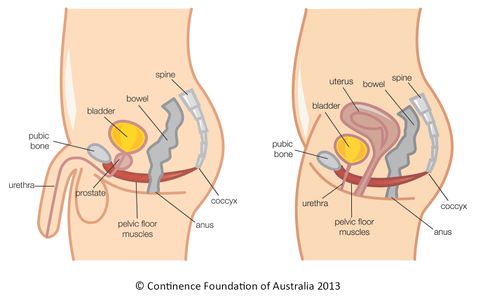
Pelvic Floor Dysfunction Physiopedia

Pelvic Floor Dysfunction A Treatment Update Page 4

Chronic Constipation Pelvic Rehabilitation Medicine

Pelvic Floor Dysfunction Physiopedia

Constipation And Pelvic Floor Dyssynergia What Do They Have In Common The Pelvic Expert
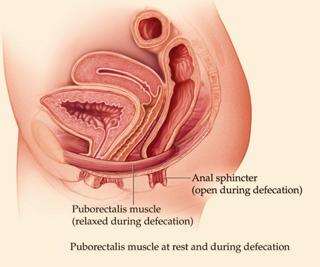
Anismus Pamela Morrison Pelvic Pain Physical Therapist P C

The Role Of Pelvic Floor Muscles In Male Sexual Dysfunction And Pelvic Pain Sexual Medicine Reviews

Constipation And Pelvic Floor Dyssynergia What Do They Have In Common The Pelvic Expert
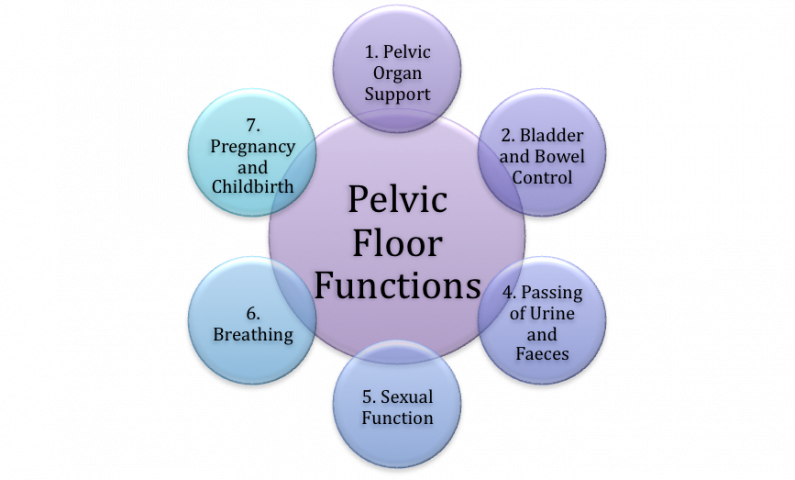
Pelvic Floor Dysfunction Physiopedia

Constipation And Pelvic Floor Dyssynergia What Do They Have In Common The Pelvic Expert

Pdf Systematic Review The Role Of Pelvic Floor Muscles Dysfunction In Constipation Semantic Scholar
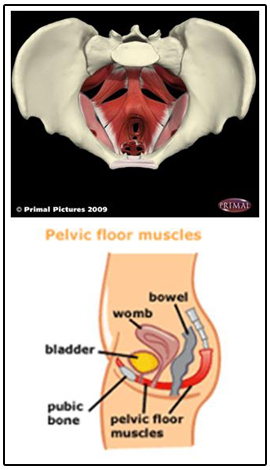
Pelvic Floor Muscle Dysfunction Pfmd Pamela Morrison Pelvic Pain Physical Therapist P C
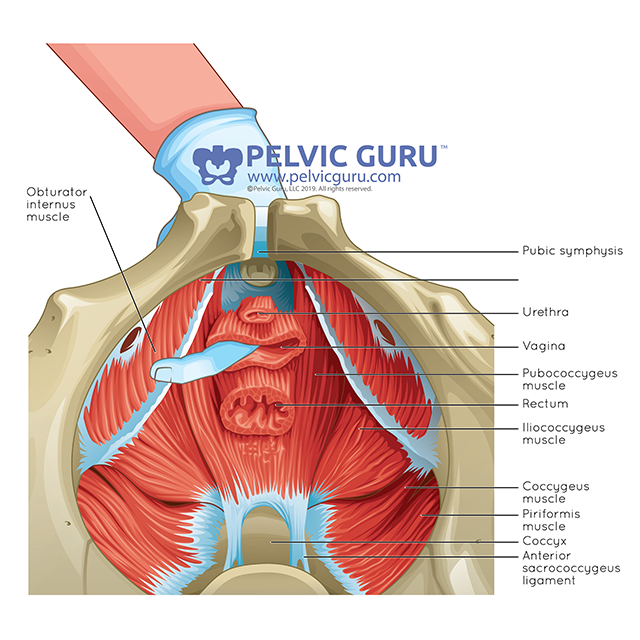
Hypertonic Pelvic Floor Causes Symptoms And Exercises For It Dr Amruta Inamdar Pelvic Floor Physical Therapy

Pelvic Floor Dysfunction Gastrointestinal Society

Why Your Pelvic Floor May Be The Cause Of Your Digestive Problems
